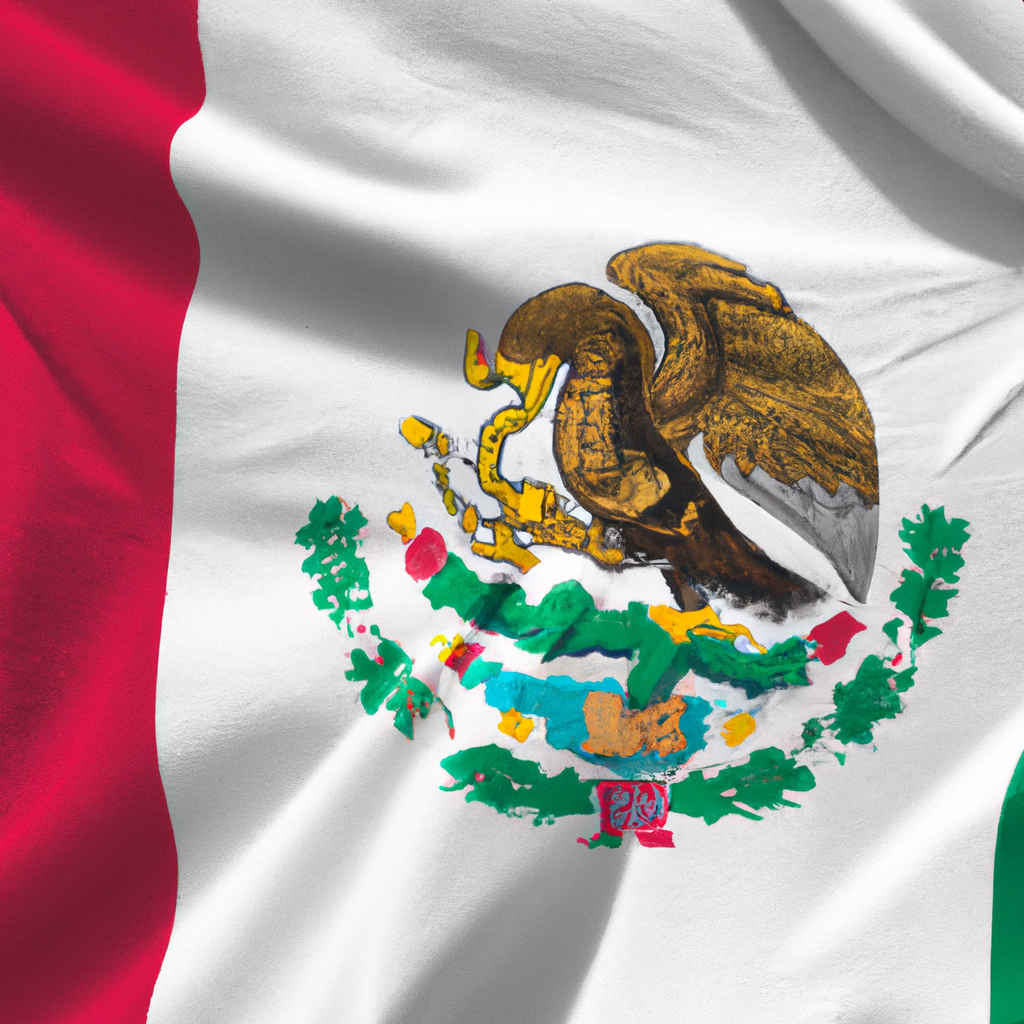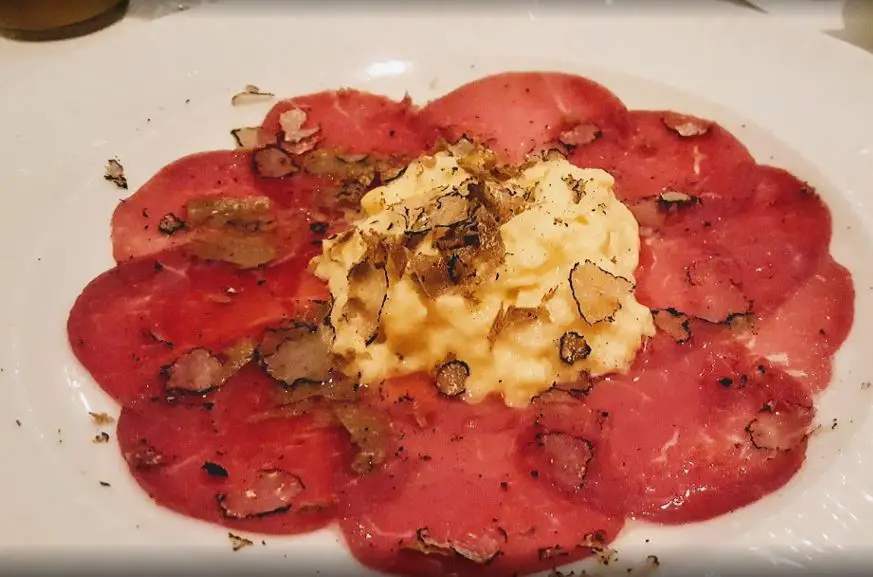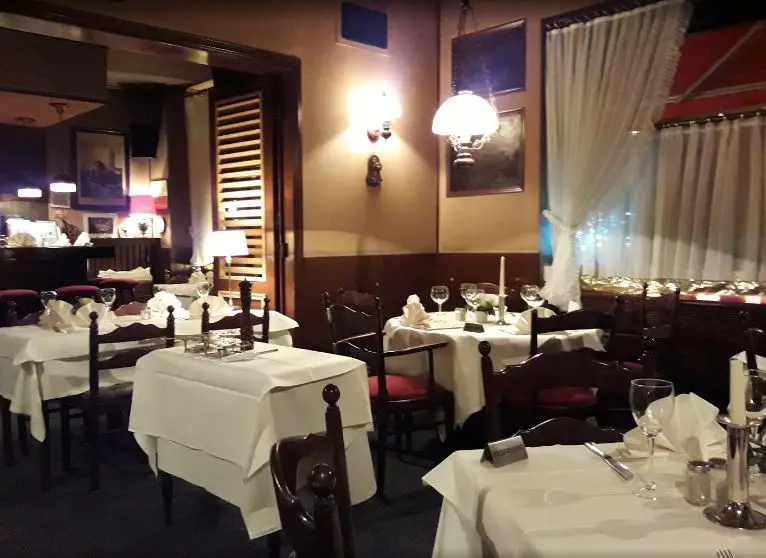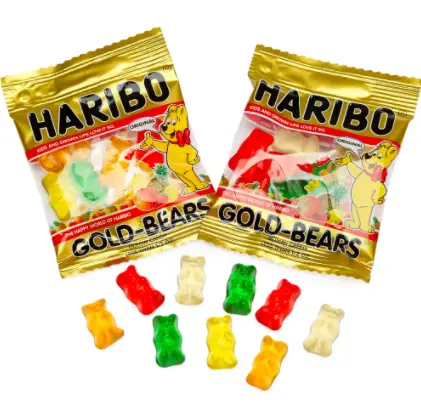What are the traditional Mexican clothing and accessories?
Post ByAdequate Travel
Summary
This blog post takes an in-depth look at the traditional clothing and accessories of Mexico. Learn about the bright and colorful attire that makes up Mexico's unique fashion style, and how it has changed over the years.
Traditional Mexican Clothing and AccessoriesMexican culture is rich in vibrant and traditional clothing, reflecting its history and diversity. Here are some examples of traditional Mexican clothing and accessories:1. Sombrero:The sombrero is a wide-brimmed hat made of straw or felt. It is commonly associated with Mexican culture and is worn by both men and women. The hat provides shade from the strong sun and is often decorated with colorful embroidery or ornamentation.2. Rebozo:A rebozo is a long and rectangular shawl made of cotton or silk. It is draped over the shoulders and worn by women. The rebozo can be used for warmth, carried as a baby carrier, or used as a fashion accessory. It comes in various colors and designs, often featuring intricate patterns or fringes.3. Huipil:The huipil is a traditional blouse worn by indigenous women in Mexico. It is usually made of lightweight fabric such as cotton and adorned with beautiful embroidery. The huipil typically has loose-fitting sleeves and is often brightly colored, representing the region or community the wearer belongs to.4. Charro Suit:The charro suit is a traditional Mexican outfit worn by men during special occasions or events. It consists of tight-fitting pants, a tailored jacket with intricate embroidery, a bowtie, and a wide-brimmed sombrero. The charro suit evolved from the attire of horsemen and ranchers, and it symbolizes Mexican pride and heritage.5. Tehuana Dress:The Tehuana dress, also known as the "traje de Tehuana," is a traditional dress originating from the Tehuantepec region in Oaxaca, Mexico. It is characterized by an elegant, off-the-shoulder style with a fitted bodice, a full skirt, and vibrant colors. The Tehuana dress embodies femininity and is often worn during traditional ceremonies and celebrations.6. Huaraches:Huaraches are traditional Mexican sandals made of woven leather. They have a distinctive design with intricate patterns and are commonly worn in rural areas. Huaraches are known for their comfort, durability, and versatility. Today, they have become popular worldwide as a casual and fashionable footwear option.7. Sarape:A sarape is a colorful and rectangular cloak or shawl made of wool. It originated in the northern regions of Mexico and is often worn as an outer garment to protect against cold weather. Sarapes are intricately woven and come in various patterns and colors, representing different regions of Mexico.8. Jarabe Tapatío Dress:The Jarabe Tapatío, also known as the Mexican Hat Dance, is a traditional dance in Mexico. The dress worn by women performing this dance is a colorful, tiered skirt called the "China Poblana" dress. It features ruffled layers of fabric, often in bright colors, and is paired with a blouse adorned with embroidery.In summary, traditional Mexican clothing and accessories encompass a wide range of clothing items and adornments, each representing the unique heritage and cultural diversity of Mexico. These examples highlight the vibrancy, craftsmanship, and symbolism that make traditional Mexican attire so captivating and deeply rooted in history.As you prepare for your journey, familiarize yourself with the specific entry requirements, including any necessary visas or documentation.
Suggested Questions
- Hacienda de San Bartolo, Yucatán: Horror Story, History & Paranomial Activities
- Palacio Municipal, Querétaro City: Horror Story, History & Paranomial Activities
- Palacio de Gobierno, Querétaro City: Horror Story, History & Paranomial Activities
- Cabañas Cultural Institute, Guadalajara, Jalisco: Horror Story, History & Paranomial Activities
- Iglesia de San: Horror Story, History & Paranomial Activities
- La Casa de los Espantos, Guanajuato City: Horror Story, History & Paranomial Activities











